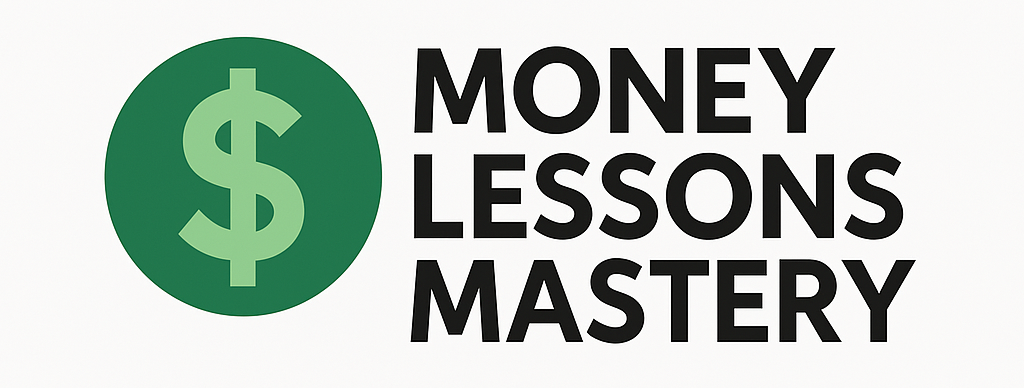Financial independence is more than just having money—it’s about having freedom. The freedom to choose how you spend your time, where you work (or if you work at all), and how you live your life without being controlled by financial stress. Whether your dream is to retire early, travel the world, or simply stop living paycheck to paycheck, financial independence gives you the power to decide. Here’s what it really means—and how to make it your reality.
1. Understand the True Definition of Financial Independence
At its core, financial independence means you’ve built enough assets or income streams to cover your expenses—without needing a traditional job.
- You no longer rely on active income to meet your basic needs. Your money (investments, businesses, etc.) works for you.
- You gain control of your time, which is arguably the most valuable asset of all.
- It’s not about being rich—it’s about having options and living life on your terms.
2. Know Your “FI Number”
You can’t hit a target you haven’t defined.
- Your FI number is the amount of money or assets you need to generate enough income to live on indefinitely.
- A common rule of thumb is the 25x rule—multiply your annual expenses by 25. If you spend $40,000/year, you’d need $1,000,000 to reach financial independence.
- Adjust for your lifestyle. Someone in a low-cost area may need less; someone with expensive goals may need more.
3. Spend Less Than You Earn—Consistently
The most basic principle of wealth-building is also the most important.
- Create a gap between your income and expenses, and grow that gap over time.
- Track your spending to find areas to cut back without sacrificing your happiness.
- Use that extra money to save and invest, not just stash in a checking account.
4. Invest Early and Often
Investing is where the real wealth-building happens.
- Use tax-advantaged accounts like Roth IRAs, 401(k)s, and HSAs to grow your money tax-free or tax-deferred.
- Stick to long-term investments, like low-cost index funds, to minimize risk and maximize growth.
- Be consistent. Time in the market beats timing the market—dollar-cost averaging builds wealth quietly over time.
5. Create Multiple Income Streams
Relying on one paycheck makes you vulnerable.
- Side hustles, rental income, dividends, and online businesses can help you reach financial independence faster.
- Start small. Even $200/month from a side hustle is $2,400/year you can invest.
- Reinvest profits to create a snowball effect that accelerates your journey.
6. Avoid Bad Debt and Use Credit Wisely
Not all debt is equal—but most of it slows you down.
- Pay off high-interest debt (like credit cards) as quickly as possible.
- Use debt strategically, such as low-interest loans that help you build assets (e.g., real estate or a business).
- Maintain good credit so you have financial flexibility when you need it.
7. Stay Focused and Flexible
The path to financial independence isn’t linear.
- Track your progress regularly and celebrate small wins.
- Stay disciplined, but be willing to adjust based on life changes, new opportunities, or evolving goals.
- Avoid lifestyle inflation—just because you make more doesn’t mean you should spend more.
Final Thoughts
Financial independence isn’t a dream reserved for the ultra-wealthy—it’s an achievable goal for anyone with the right mindset, habits, and strategy. It starts with a decision: to take control of your money so your money can stop controlling you. Build your plan, stay consistent, and keep your eye on the life you want to live. Because financial independence isn’t just about money—it’s about freedom.
